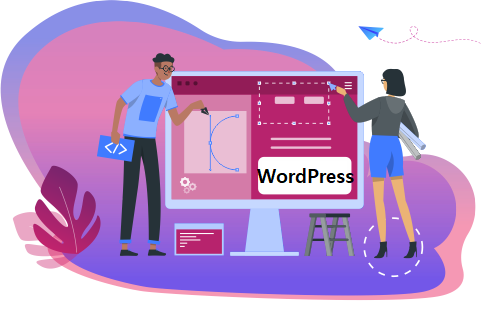Interview Questions
Please Login to See Full Content
Please Login to See Full Content
Please Login to See Full Content
Please Login to See Full Content
Please Login to See Full Content
Please Login to See Full Content
Please Login to See Full Content
Please Login to See Full Content
Please Login to See Full Content
Please Login to See Full Content
Please Login to See Full Content
Please Login to See Full Content
Please Login to See Full Content
Please Login to See Full Content
Please Login to See Full Content
Please Login to See Full Content
Please Login to See Full Content
Please Login to See Full Content
Please Login to See Full Content
Please Login to See Full Content
Please Login to See Full Content
Please Login to See Full Content
Please Login to See Full Content
Please Login to See Full Content
Please Login to See Full Content
Please Login to See Full Content
Please Login to See Full Content
Please Login to See Full Content
Please Login to See Full Content
Please Login to See Full Content
Please Login to See Full Content
Please Login to See Full Content
Please Login to See Full Content
Please Login to See Full Content
Please Login to See Full Content
Please Login to See Full Content
Please Login to See Full Content
Please Login to See Full Content
Please Login to See Full Content




